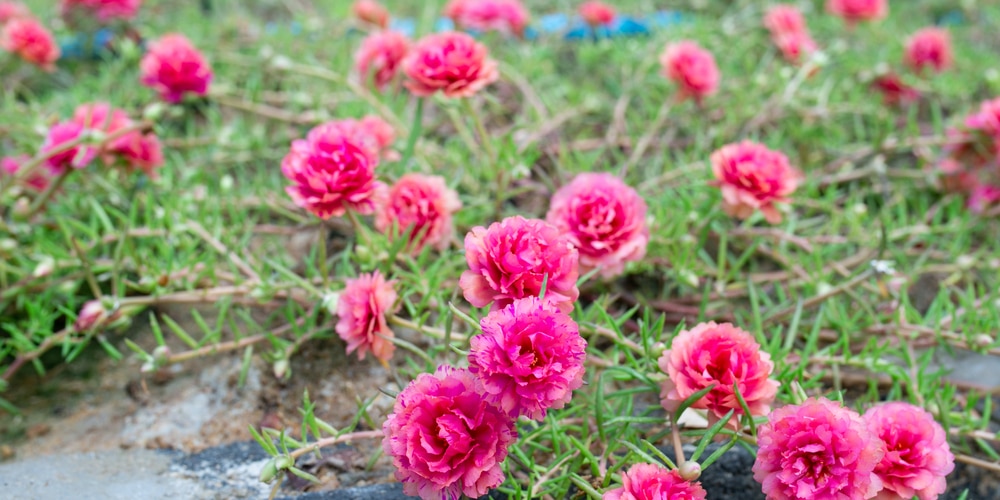Many gardeners use roses to create a blossoming and gorgeous garden. If you want to transplant roses in your garden, you should be strategic about the time of year you choose to transplant.
Many factors help you grow the most beautiful roses possible, and we’ve compiled them into a list. Let’s go over the best time of year to transplant roses and what you can do to help your roses thrive post-transplant.
What Is Transplanting?
Transplanting is the process of moving a plant from one location to another. It involves digging up the plant down to the root, pulling it out of the ground, and planting it somewhere else.
Why Should I Transplant My Roses?
There are several reasons gardeners may choose to transplant their roses. If they are overgrown past the point of pruning and are blocking a walkway, transplanting is a great option.
Or maybe you accidentally planted your roses in a location that doesn’t provide enough light or has poor soil quality. In situations like this, transplanting your roses is the best way to maintain the integrity of your flowers.
When Is the Best Time To Transplant My Roses?

Where Should I Transplant My Roses?
You should transplant your roses to an area with fertile, moisturized soil and lots of sunshine. These conditions will best help your roses thrive in their new environment. Roses are great for attracting bees and other pollinators to your yard.
How To Transplant Your Roses
Here are six simple steps for transplanting your roses to a new location:
- Prune your rose bushes, especially if you have a large plant. This step can help prevent wilting.
- Wrap your plant in burlap for smooth transport and to prevent your fingers from getting pricked by the thorns.
- Dig a hole in the new location to prepare for the transplant. You’ll have to consider the size of the roots as you dig to ensure that the hole is big enough.
- Dig up your rose plant in its existing location. Make sure you dig up all of the roots. This task may be a two-person job if you have a large rose bush.
- Pick up your rose bush and put it in the hole you dug in the new location. Fill it in with soil and compost.
- Monitor the plant’s progress over the next few weeks and water it more often than usual.
In Conclusion
Whether your roses are pink, red, white, or orange, you can’t deny that a rose bush brings a sense of beauty and serenity to any yard or outdoor area.
While some gardeners may not recommend moving a rose bush, when done correctly it is worthwhile because you will keep your rose bush happy and healthy. Keep a close eye on your rose bush in its new location and take a little extra time to care for it so it can thrive in its new environment.

